Type of Dish: Main or starter
Preparation Time: 1 hour
Cooking Time: 45 mins to 5 days (read on!)
Level of Difficulty: Difficult
 2015 12 16 Mg 8310.jpg
2015 12 16 Mg 8310.jpgType of Dish: Main or starter
Preparation Time: 1 hour
Cooking Time: 45 mins to 5 days (read on!)
Level of Difficulty: Difficult
Half Spanish, half French (from the South West of France), my grandmother has always placed the kitchen at the centre of our lives. At the same time a place of conviviality and sharing, it’s now the centre of my life too!
It’s very easy to make a nice terrine. The choice and the quality of the products remain paramount. So too is being precise with the cooking and the seasoning in order to bring out all the flavours.
In the Dordogne Valley, we are very fortunate to be in a privileged area for the production of high quality foie gras. If you are lucky enough to be cooking this dish whilst visiting, make sure to choose your fresh foie gras carefully. Ensure it has a uniform colour, pearly in colour and without spots.
Good addresses to pick up the freshest and best local produce on offer in the Valley are in La Quercynoise in Gramat, at Cassant in Saint-Cere or at one of our small local producers in Rocamadour or above Sousceyrac.
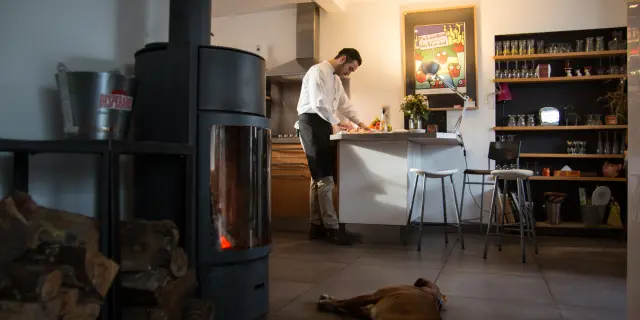 1572275634 2014688263.jpg
1572275634 2014688263.jpgLobe (s) of duck foie gras: 1 piece (s)
• Fine salt: 7 g
• Pepper : 1 g
• Espelette pepper or other spice mixture: 1 g
• Cognac or Sauternes: 3 cl
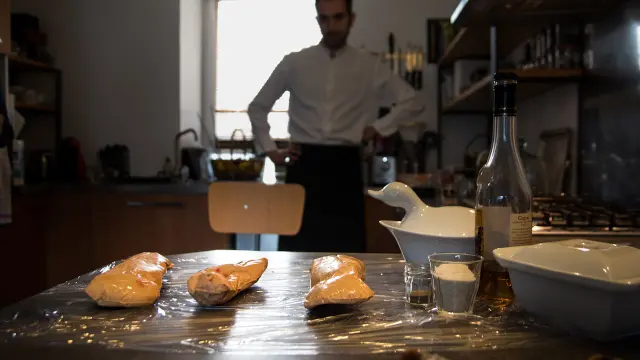 1572275634 1565218100.jpg
1572275634 1565218100.jpgRemove the foie gras from the refrigerator 1 hour before working with it and bring it to room temperature so that it softens. Preheat the oven to 160 °C. Prepare the seasoning of foie gras salt, pepper and possibly Espelette pepper or any other spices according to your tastes.
Separate the two lobes of the liver by opening it in two with your fingers in the direction of the length of the liver. For the large lobe, remove the Y-shaped main vein from the base of the liver and finish with the second vein under the first. Use a small spoon to lift and remove the vein without breaking it. For the under-lobe, the 2 veins are also one above the other, but in the form of an X. Progress in the same way as for the first lobe.
To season the liver lobes, use 16g of seasoning per kilo, or about 8 g per lobe. Use fleur de sel (or sea salt flakes) and allow the seasoning to soak the liver by basting it with cognac. Marinate longer or shorter depending on the desired strength. Ideally leave it to rest for ½ day.
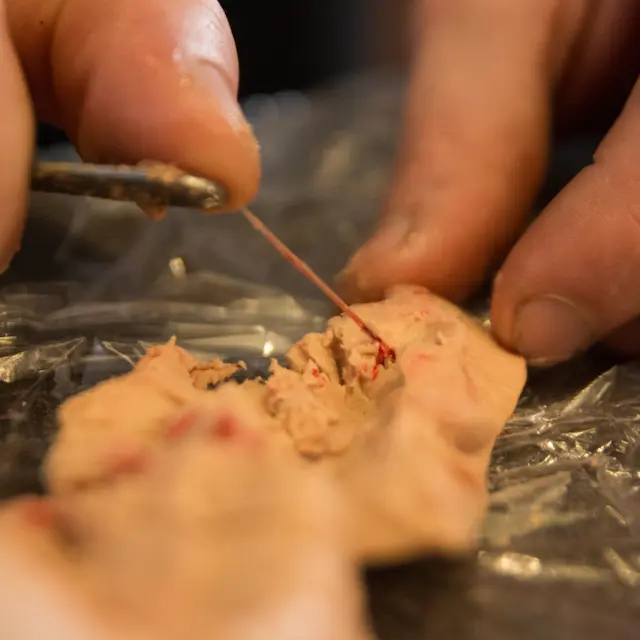 1572275634 37097483.jpg
1572275634 37097483.jpg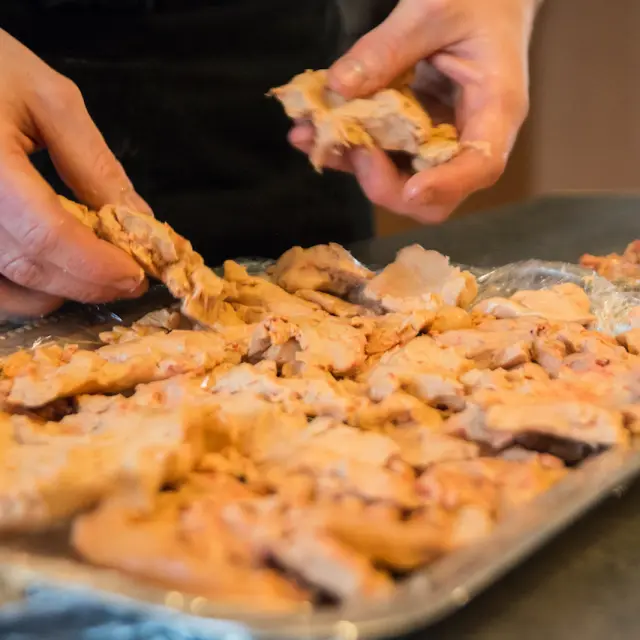 1572276866 58104035.jpg
1572276866 58104035.jpgStuff the lobes in the terrine dish and cook them in a bain marie for 30 minutes in an oven at 150°C and then continue cooking for 15 minutes with the oven door open. The temperature at the heart of the foie gras must reach 60°C. Check them with the tip of a knife, which must be “warm over” to the touch. You can use an electronic probe thermometer to control the temperature at the heart of foie gras. Ideally, take it out of the oven at 53°C and let it finish cooking in the bain marie (outside the oven).
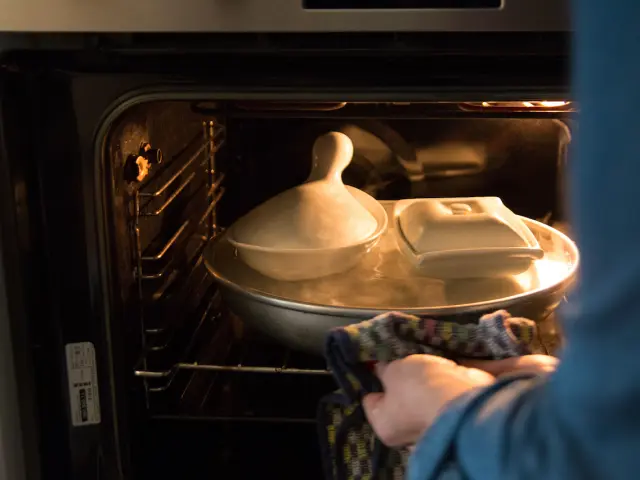 1572278901 223337177.jpg
1572278901 223337177.jpg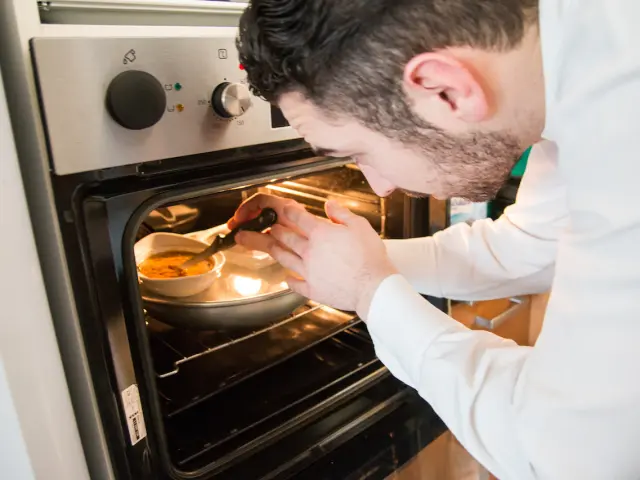 1572278901 1914875655.jpg
1572278901 1914875655.jpg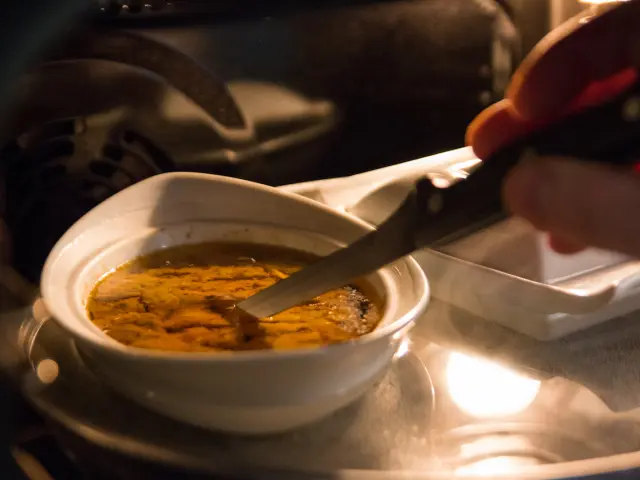 1572278901 531344111.jpg
1572278901 531344111.jpgWith a press, drain excess fat accumulated on the surface. Squeeze well to remove the fat. Then place the terrine in the refrigerator with the press and a weight on it (for example a jar of jam). To make your own homemade press: cut a piece of cardboard out in the shape of your cooking dish. Wrap the tin foil around the cardboard.
24h later, heat the previously drained excess fat and cover the terrine by filtering it with a strainer.
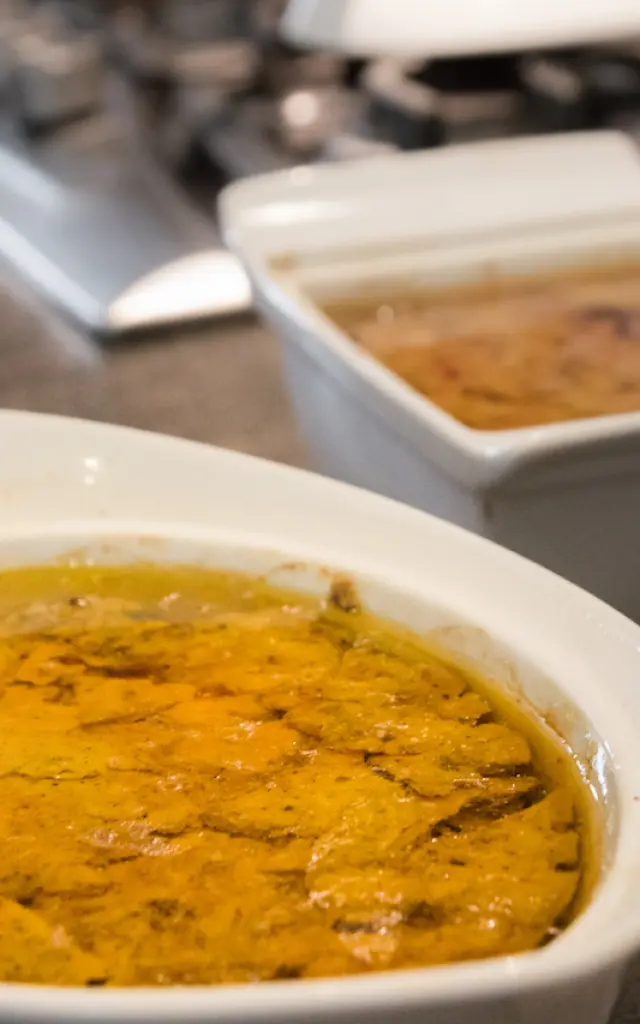 1572278901 1908688008.jpg
1572278901 1908688008.jpg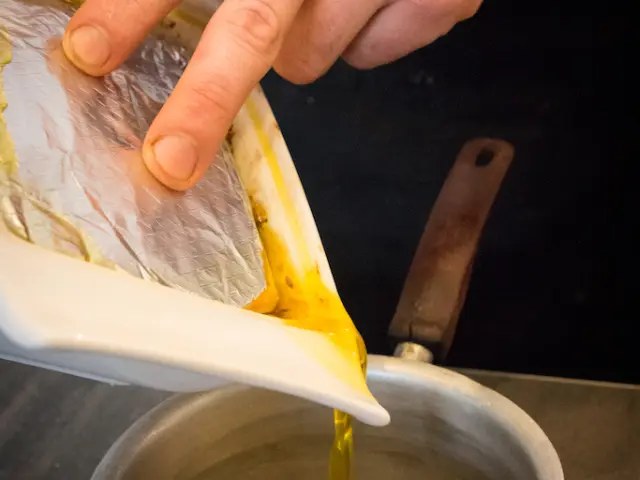 1572278901 354303748.jpg
1572278901 354303748.jpg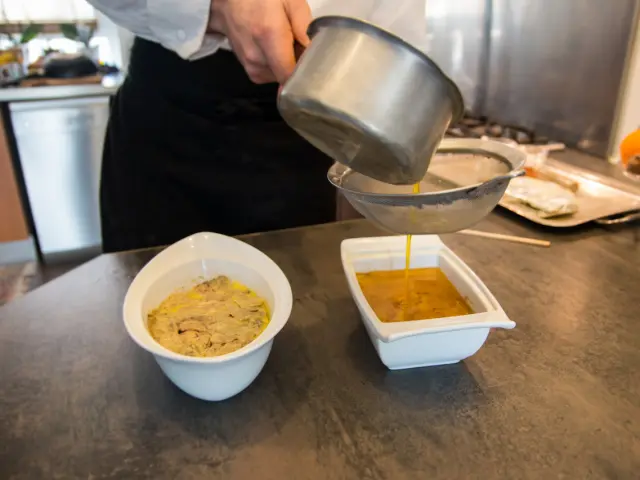 1572278901 635760959.jpg
1572278901 635760959.jpgThis one requires patience. Ideally keep it for 5 days to mature. Serve with fleur de sel (or sea salt flakes), fruit confit or piment d’Espelette. Accompany with a bottle of Monbazillac or a local Dordogne Valley white such as the award winning Côteaux de Glanes. Delicious !
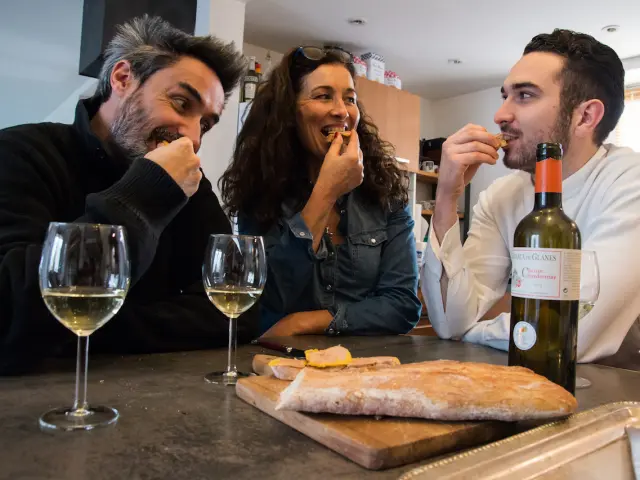 1572279510 460033199.jpg
1572279510 460033199.jpg